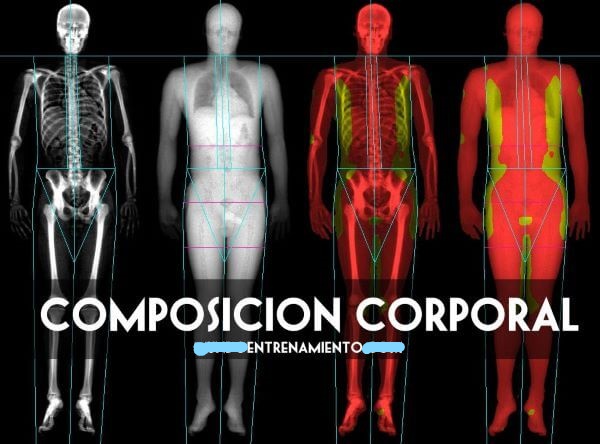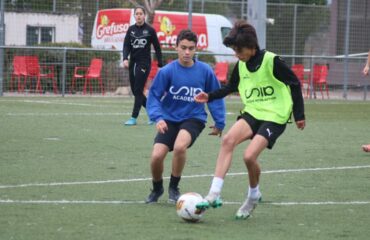DO YOU KNOW THE IMPORTANCE OF BODY COMPOSITION IN FOOTBALL?
The aim of this article is to present the scientific basis for the analysis of body composition in football players, which is a fundamental tool for the assessment of nutritional status both in athletes and for anyone who wants to improve their health.

Before we begin…Do you know what body composition is?
Body composition is the estimation of the sections of the human body that together account for the total body weight.
There are several models for defining
these compartments, however, in this review we will use the 2-component model:
- Lean Mass; (also known as fat-free mass) includes muscle, water, bones, and organs.
- Fat mass; includes body fat, almost all of which is found under the skin (subcutaneous fat) and around organs such as the gut and heart.
Now we’ve determined that, let’s answer the following question:
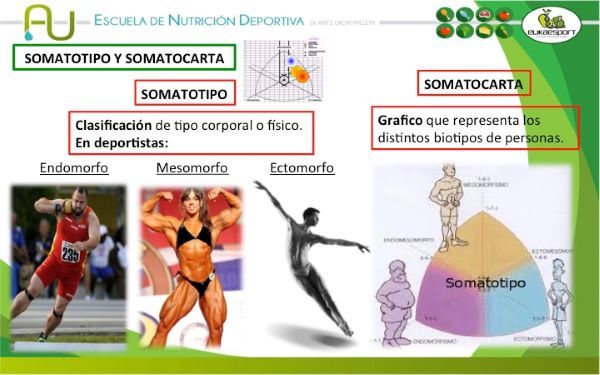
IS BODY COMPOSITION A PREDICTOR OF FOOTBALL PERFORMANCE?
Several attributes of physique (body size, shape and composition) are considered to contribute to success in various sports. Of these, body mass (“weight”) and body composition are often focal points for athletes, as they are aspects that can be manipulated.
The study and determination of physique from anthropometric variables are an important part of the integral evaluation of an athlete, as they can be used both for the detection and selection of players, as well as to determine the placement in a specific sport discipline or position. (1)

In the case of football, all parameters affecting performance (conditional, technical, tactical, age, gender, etc.) have evolved over the years towards more specific and individual work both in the professional area and in training and talent detection areas.
In terms of performance and body composition (BC), several studies have shown that the teams with the best position in the league table had lower percentages of fat mass (FM) compared to the teams in middle and lower positions in the same division. (2)
It is also evident that lean mass (LM) contributes to energy production during high intensity activities and provides higher absolute strength values in endurance tasks with high dynamic and static loads. (3)
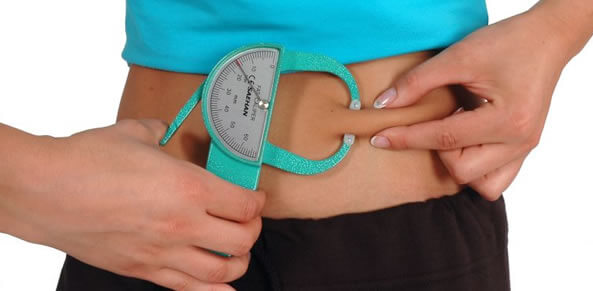
Therefore, authors such as Milsom et al. (2015) suggest that training and nutritional interventions in professional football players should be more focused on gaining muscle mass rather than reducing fat mass.(4)
This reality has led to the publication of studies focusing on the use of body composition as a method to optimise training and to obtain comparative frameworks of players at grassroots and professional level, which helps coaches and physical trainers to obtain new evaluation tools in the quantification of the sporting performance of their players.

It should also be taken into account that body composition is a good indicator of health, which is why every high-level athlete must have a constant control of it, as it is logical to think that an athlete with an optimal state of health will obtain a higher level of and, of course, more stable performance. (5)
Through the assessment of body composition, it’s possible to adapt training programmes according to players, to identify differences between specific positions or categories and to have a more exhaustive control of the players’ state of fitness and health, however, this does not justify success in sports practice, as the development process of the players is always long term and this performance variable is just one of many in the field of sports evaluation and research. (6)
BODY COMPOSITION AS A HEALTH INDICATOR
Athletes are exposed to many factors that can affect their performance, especially injury rate, so it has been studied how body composition can affect the injuries that may occur in sports practice. (7)
In this regard, fat percentage and abdominal circumference have been found to be the best discriminators of injury risk and health status. (8)

Thus we see that a high weight (derived from a high %FM) is associated with a greater impact in locomotor actions typical of football such as running or jumping, creating a mechanical stress on the joint system and the axial skeleton, which increases the risk of injury. (8)(9)(10)
Likewise, other authors who have related body composition to injuries suffered by football players have shown that low values of lean mass are associated with low levels of strength, which leads to sports injuries. (11)

Authors such as Perroni et al. (2015) have shown and concluded that a greater muscle mass and a lower fat mass allow the player to avoid traumatic injuries derived from contact.(12)
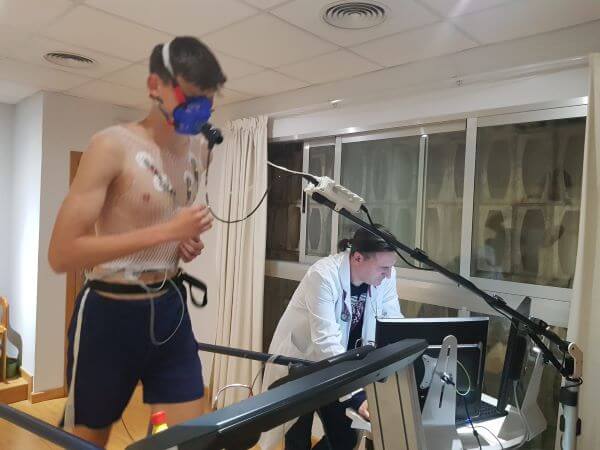
BODY COMPOSITION OBJECTIVES IN FOOTBALL
Since the body fat content for an athlete will vary throughout the season and throughout their sporting career, targets for body composition should be set in terms of ranges that can be adequately monitored at critical times. (13)
This is especially relevant in grassroots football where there will be greater variability in body composition according to the category under study. It has been detected that the transition from U-13 to U-15 category is where most changes in reference to the CC are manifested, as they coincide with the period of beginning and end of adolescence, which is why existing studies on changes in CC throughout the same season and their relationship with performance are important. (14)(12)(15)
Therefore, it is important that body composition goals are defined on an individualised basis and that communication of the results of anthropometric variables to both coaches and athletes is done sensitively, that limitations in measurement technique are acknowledged and that care is taken to avoid promoting an unhealthy obsession with body composition.
While it is clear that the assessment and manipulation of body composition can assist in the progression of an athletic career, it must be remembered that athletic performance cannot be accurately predicted solely on the basis of body weight and body composition. (13)

NUTRITIONAL STRATEGIES TO ACHIEVE CHANGES IN BODY COMPOSITION
When actual body weight loss is required, it should be scheduled to occur in the base phase of training or outside of competition to minimise the loss of performance caused by the caloric deficit.
It is for this reason that the strategy to achieve ‘optimal’ body composition must be achieved with techniques that maximise the loss of body fat while preserving muscle mass. Such strategies include achieving a slight energy deficit to achieve a slow rather than rapid rate of loss and increasing dietary protein intake.

In this regard, it was found that providing a higher protein intake (2.3 g/kg/day vs. 1 g/kg/day) on a short-term (2 weeks) energy-restricted diet in athletes retains muscle mass while losing weight and body fat.
In addition, lean mass and performance may be better preserved in football players who minimise weekly weight loss to <1% per week. Prescribing an individualised eating and training plan for weight/fat loss should be based on goal assessment, current training and nutrition practices and past experience. However, for most athletes, the practical approach of decreasing energy intake ~250 to 500 kcal/day from their defined energy needs, while maintaining or slightly increasing energy expenditure, can achieve progress towards short-term body composition goals for approximately 3 to 6 weeks.
In some situations, additional moderate aerobic training and close monitoring may be useful. These strategies can be implemented to help augment diet-induced energy deficits without adversely affecting recovery from sport-specific training.
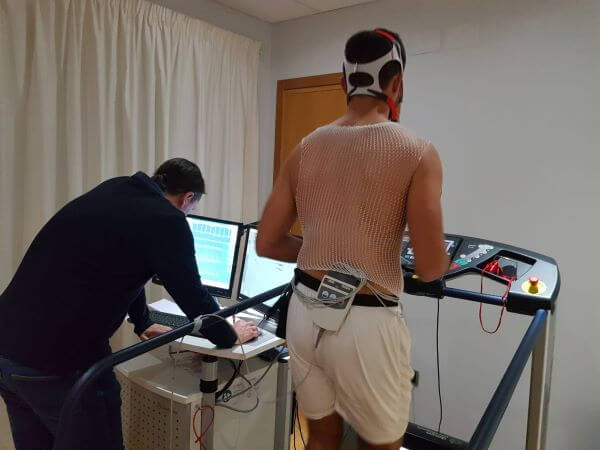
Planning the timing and content of meals to support nutrition goals and recovery from training can reduce fatigue during frequent training sessions and may help optimise body composition. (13)
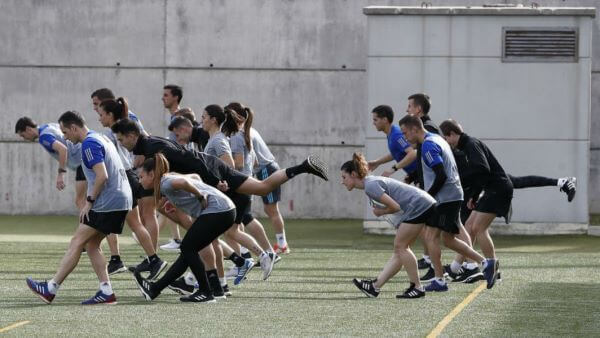
BODY COMPOSITION CONCLUSION
- Body composition becomes a useful but not exclusive component in optimising individual performance.
- Optimal body composition includes not only adequate fat mass but also muscle mass that promotes strength, power and speed on the field.
- Diet is a useful tool for making modifications to body composition, but it is also the basis for providing energy substrates to maximise endurance during training, as well as facilitating post-training recovery.
- Body composition is a facilitating element to diagnose and promote the health status of a football player and thus enable better sports performance.
- Sports nutritionists should focus on working with athletes to help promote healthy body composition and minimise their reliance on rapid weight loss techniques and other dangerous practices that can result in decreased performance, loss of muscle mass and chronic health risks.

References Body Composition
- Zúñiga, U., & De León, L. (2007). Somatotype of semiprofessional soccer players classified by their position in the game. Int. J. Sport Sci, 3(9), 29-36.
- Kalapotharakos, V. I., Strimpakos, N., Vithoulka, I., & Karvounidis, C. (2006). Physiological characteristics of elite professional soccer teams of different ranking. Journal of Sports Medicine and Physical Fitness, 46(4), 515
- Mala, L., Maly, T., Zahalka, F., Bunc, V., Kaplan, A., Jebavy, R., & Tuma, M. (2015). Body composition of elite female players in five different sports games. Journal of human kinetics, 45(1), 207-215
- Milsom, J., Naughton, R., O’Boyle, A., Iqbal, Z., Morgans, R., Drust, B., & Morton, J. P. (2015). Body composition assessment of English Premier League soccer players: a comparative DXA analysis of first team, U21 and U18 squads. Journal of sports sciences, 33(17), 1799-1806
- García García, O., Cancela Carral, J. M., Olveira Núñez, E., & Mariño Torrado, R. (2009). Is compatible the maximum sports performance of the athlete with the attainment and maintenance of a healthy condition?. RICYDE: Revista Internacional de Ciencias del Deporte, 5(14), 19-31.
- Wong, P. L., Chamari, K., Dellal, A., & Wisløff, U. (2009). Relationship between anthropometric and physiological characteristics in youth soccer players. The Journal of Strength & Conditioning Research, 23(4), 1204-1210.
- Falce, M., Revilla, R., Coca, A., Y Marín, A. (2015). Revisión: ¿Es la composición corporal un buen predictor de rendimiento y salud en el fútbol?. Revista de Preparación Física en el Fútbol. ISSN: 1889-5050
- Medina, D., Lizarraga, A., & Drobnick, F. (2014). Injury prevention and nutrition in football. Sports Science Exchange, 27(132), 1-5.
- Osorio, J.A., Clavijo, M.P., Arango, E., Patiño, S., & Gallego, I.C. (2007). Lesiones deportivas. Iatreia, 20(2), 167-177.
- Bunc, V., Hráský, P., & Skalská, M. (2015). Changes in Body Composition, During the Season, in Highly Trained Soccer Players. The Open Sports Sciences Journal, 8(1).
- Campos, R. A. G., Bolaños, M. A. C., Hespanhol, J. E., Germano, Y., Maria, T. S., Gamero, D., & Arruda, M. (2014). Composición corporal de futbolistas profesionales en función de la edad cronológica. Conexões, 12(2), 70-81.
- Perroni, F., Vetrano, M., Camolese, G., Guidetti, L., & Baldari, C. (2015). Anthropometric and Somatotype Characteristics of Young Soccer Players: Differences Among Categories, Subcategories, and Playing Position. The Journal of Strength & Conditioning Research, 29(8), 20972104.
- Dietitians of Canada, the Academy of Nutrition and Dietetics and the American College of Sports Medicine (2016). Position Paper: Nutrition and Athletic Performance (p 34; per p 45).
- Calahorro, F., Zagalaz, M. L., Lara, A. J., & Torres-Luque, G. (2012). Análisis de la condición física en jóvenes jugadores de fútbol en función de la categoría de formación y del puesto específico. Apunts. Educación Física y Deportes, 109(3), 5462.
- Sinovas, M. C., Pérez-López, A., Valverde, I. Á., Cerezal, A. B., Ramos-Campo, D. J., RubioArias, J. Á., & Cerrato, D. V. (2015). Influencia de la composición corporal sobre el rendimiento en salto vertical dependiendo de la categoría de la formación y la demarcación en futbolistas. Nutrición Hospitalaria, 32(n01), 299-307.



